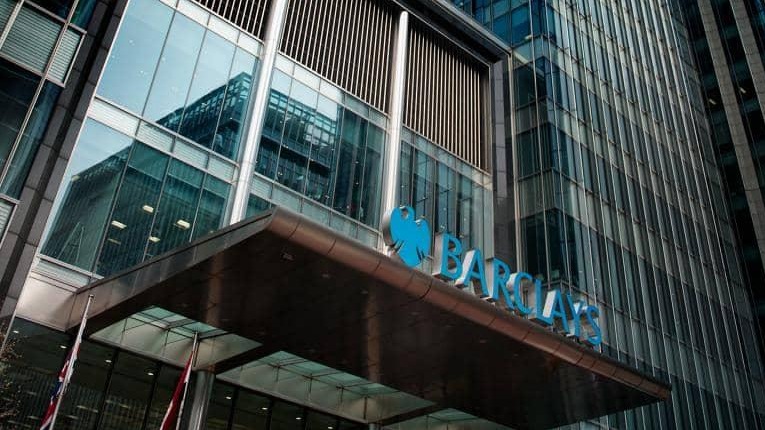One in five customers - and one in three Millennials - already consider their primary account to be with a challenger bank, while one in eight prefer to use challenger banks for shopping online.
This is according to research from A.T. Kearney, which suggested that retaining four-fifths of customers shows that traditional banks remain dominant.
“However, challenger banks are beginning to colonise the custom of the most economically active demographic - those aged under 38 - a trend which will only be reinforced as Generation Z comes of age,” wrote partner Simon Kent and consultant Danil Makarov.
More than two-thirds of traditional banking respondents aged under 22 perceive the advantages of challenger banks – citing factors such as ease of use, compatibility with other apps, and crucially, convenience.
While traditional bank accounts are still used for the vast majority of transactions, even among those who consider their primary account to be with a challenger bank, customers are increasingly using their challenger accounts to facilitate the purchases that provide banks with the data they need to maintain the most intimate relationship with their customers: their everyday spend on matters such as travel, going out and shopping.
A.T. Kearney stated that whichever bank possesses this information will be able to continue inventing and providing products and services, attracting and retaining the best talent, and will be best placed to match their customers’ changing needs and behaviours.
The research pointed out that traditional banks can still capitalise on one vital attribute: trust.
Almost three-quarters of respondents to the consultancy’s survey claimed they still use their traditional bank when it comes to deciding which account they want their salary to be paid into, while the same proportion also use them to facilitate their most important financial transactions and arrangements.
Even customers otherwise committed to challenger banks said they preferred to use traditional banks when it comes to their salaries (57 per cent), mortgage or rental outgoings (32 per cent), and large-scale purchases (41 per cent).
Additionally, the users of traditional banks were more likely to trust their own bank provider on issues such as safeguarding their money, using their data, enabling easy access to their accounts, and providing innovative products and services.
Trust is also prized by the young, according to the report. Generation Z is very conscious of the need to protect their data and almost a quarter of respondents in this age bracket said they would switch from a challenger bank to a traditional bank if the challenger suffered a data breach.
When customers were asked why they had opened an account with a challenger bank, 36 per cent of customers cited ease of account opening, 39 per cent said ease of use, 28 per cent referred to the banks’ attractive use of technology, and 20 per cent said compatibility with other apps.
Kent and Makarov noted that traditional banks need to prove they can exceed consumer expectations to ensure their customers aren’t lured away by alternative providers.
“They would also be wise to emphasise their reputation for financial stability; almost one in three challenger bank customers stated that they saw this as one of the chief attractions of traditional banks.
“In our modern world, no one can bank on customer loyalty,” they continued. “One in three users of traditional banks claimed they would switch accounts if their bank made mistakes or didn’t offer a product or service they could get from a challenger bank, showing how crucial it is for traditional banks to keep up with the rapid pace of change.”
Challenger banks are even encroaching on territory which, until recently, was the exclusive preserve of traditional banks: more than 40 per cent of challenger bank customers said they would consider taking out a loan with their bank and nearly half would consider using them as a mortgage provider.
Although A.T. Kearney’s data suggests that challenger banks are particularly popular with younger customers, it would be wrong to imply that this is the only demographic drawn to challenger banks.
Respondents across all age groups showed high levels of interest. While traditional banking customers aged between 55 and 73 were least likely to say they would consider switching from a traditional bank to a challenger bank, a third stated that they would be open to switching in the case of a deal or if their current provider got something wrong.
“The difference between traditional and challenger banks is already blurring in the mind of consumers – though trust is vital it won’t, ultimately, be enough to ensure the survival of traditional banks,” the report concluded.
“Traditional banks must adopt the best of what a challenger bank offers - in terms of convenience, ease of use, and compatibility across digital platforms - while exploiting their scale and superior resources to the utmost.
“Innovation is utterly integral and could be the difference between traditional banks faltering forever or successfully seeing off the challenge of their challenger bank competitors.”
Latest News
-
What’s next for financial services technology in 2026?
-
The most read FStech stories of 2025
-
Post Office to operate Banking Hubs for 5 more years
-
PSR takes action to boost transparency in card processing fees
-
Visa launches voice-enabled agentic commerce service in UAE
-
ABN Amro completes first international blockchain-based SDC transaction
Creating value together: Strategic partnerships in the age of GCCs
As Global Capability Centres reshape the financial services landscape, one question stands out: how do leading banks balance in-house innovation with strategic partnerships to drive real transformation?
Data trust in the AI era: Building customer confidence through responsible banking
In the second episode of FStech’s three-part video podcast series sponsored by HCLTech, Sudip Lahiri, Executive Vice President & Head of Financial Services for Europe & UKI at HCLTech examines the critical relationship between data trust, transparency, and responsible AI implementation in financial services.
Banking's GenAI evolution: Beyond the hype, building the future
In the first episode of a three-part video podcast series sponsored by HCLTech, Sudip Lahiri, Executive Vice President & Head of Financial Services for Europe & UKI at HCLTech explores how financial institutions can navigate the transformative potential of Generative AI while building lasting foundations for innovation.
Beyond compliance: Building unshakeable operational resilience in financial services
In today's rapidly evolving financial landscape, operational resilience has become a critical focus for institutions worldwide. As regulatory requirements grow more complex and cyber threats, particularly ransomware, become increasingly sophisticated, financial services providers must adapt and strengthen their defences. The intersection of compliance, technology, and security presents both challenges and opportunities.
© 2019 Perspective Publishing Privacy & Cookies













Recent Stories